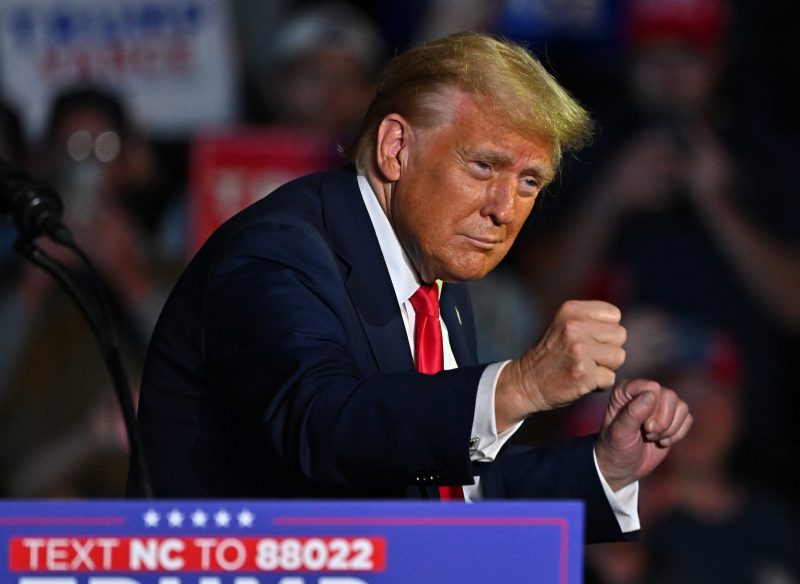Donald Trump, throughout his political career, has always been infamous for his unruly and brash campaign style. His tactical approach is characteristic of loud invocations, harsh criticisms, and blatant disregard for political correctness. Since his rise to political prominence, Trump has leveraged this unique brand of spectacle to further his agenda and connect with his base. However, the advent of 2020 has witnessed Vice President candidate Kamala Harris leveraging this very approach against Trump.
A singular look at Trump’s campaign style sets a clear tone of his political temperament. Unlike the measured and restrained demeanor often associated with politicians, Trump’s campaign rallies are a cacophony of exclamations, off-the-cuff remarks, and targeted jeers. There’s a level of showmanship and grim audacity to his conduct that distinguishes him from his political competition. Yet, this aggressive demeanor, while sometimes coming across as crude, directly appeals to his loyal base which incessantly admires Trump’s relentless pursuit of ‘telling it like it is’.
Despite the seemingly divisive nature of his modus operandi, Trump has successfully converted this ‘noise’ into a potent political tool. His rhetoric, often bordering on vitriol, represents a repudiation of the conventional political system that many in America have come to distrust. As such, Trump’s explicitly brawny campaign acts as a rallying cry for these disenchanted citizens, adeptly stoking the underlying currents of dissatisfaction.
Meanwhile, Sen. Kamala Harris entered the ensuing crucible equipped with her prodigious experiential acumen. She does not look to match Trump’s crudeness but seeks to exploit it to pertinently shape the narrative. Taking note of Trump’s flamboyant ways, she has capitalized on the incessant ‘noise’ to frame an argument against his style and policies.
Harris, as a seasoned prosecutor, deconstructs Trump’s brashness bit-by-bit to unveil what she believes to be the inherent weaknesses of his governance. She attempts to turn his loud and abrasive approach to politics against him by asking people to consider if the noise is merely a distraction from the administration’s shortcoming. In other words, she seeks to question if the bravado, the brashness, the overt challenges are relying more on theatrics rather than genuine leadership.
In addition, Harris uses Trump’s high-decibel discourse as a foil to her own relatively rational and measured approach, positioning herself as the sane voice amidst the madness. She seeks to construct a contrasting perspective to Trump’s – calmer, more deliberative and grounded in constitutional codes and societal norms. It is a strategic approach aimed at attracting those undecided and moderate voters who may be weary of Trump’s confrontational tactics.
Therefore, amid the chatter and the Trump-induced bedlam, Harris weaves her narrative, subtly yet firmly. While Trump has confidently used his noisy and crude campaign style to stir his fervent supporters, Harris hopes to turn this raucous spectacle around, using it to expose the flimsy substance beneath the loud rhetoric. Only time will tell how effective this strategy will be in swaying the American electorate towards a less noisy and arguably more rational political discourse.










